The third day of Christmas is the Feast of St. John in remembrance of St. John the Apostle who is described as the disciple “whom Jesus loved”. On this day the church offered a special blessing of wine in honor of St. John. The blessed wine was called the “Love of St. John” and used for special occasions throughout the year and for the sick. Legend tells of St. John drinking a glass of poisoned wine but not suffering any harm as he had blessed the wine before its drinking.
On this day it was a tradition to drink “to the love of St. John”. St. John’s wine was often served warm with mulling spices added creating a special drink for the day. The tradition called for the father of the house to lift his glass to the mother and say: “I drink you the love of St. John.” and the mother would reply: “I thank you for the love of St. John.” Then the mother would turn to the oldest child and repeat the same. Each person once toasted turns to the next in age until all had given and received the toast.
The idea behind the tradition is for the head of the household to begin the toast and pass it around to the oldest down to the youngest. Although it is certainly still within tradition to simply pass a glass to each guest while saying “I drink you the love of St. John.” as the recipient replies “I thank you for the love of St. John.”
On the third day of Christmas my true love sent to me…
Until we meet again, may God hold you in the palm of His hand.
~An Old Irish Blessing~
Marian McCoy Boveri
——————
Day 1: Copyright: <a href=’http://www.123rf.com/profile_eireann’>eireann / 123RF Stock Photo</a>
Day 2: Copyright: <a href=’http://www.123rf.com/profile_eireann’>eireann / 123RF Stock Photo</a>
Day 3: Copyright: <a href=’http://www.123rf.com/profile_eireann’>eireann / 123RF Stock Photo</a>

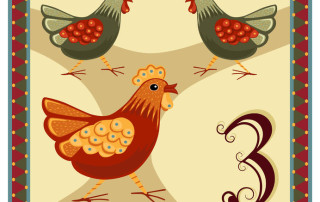




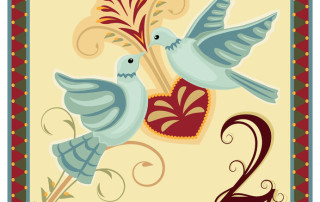
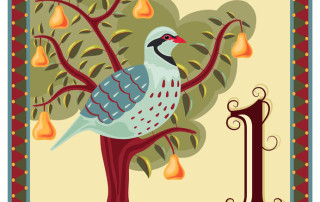




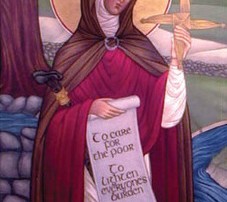
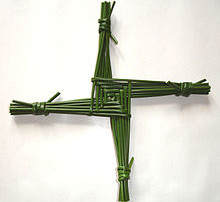

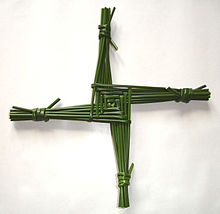


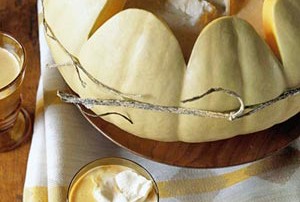



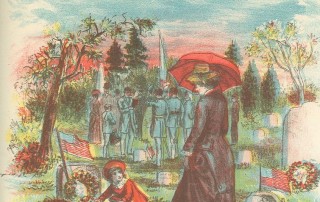
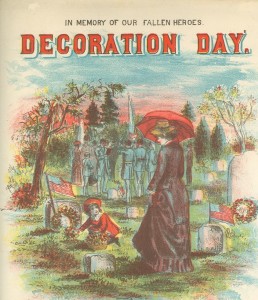
Let’s Connect
Facebook
Twitter
Google +1
LinkedIn